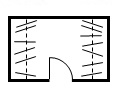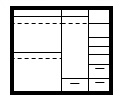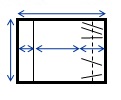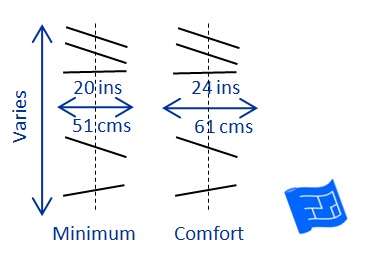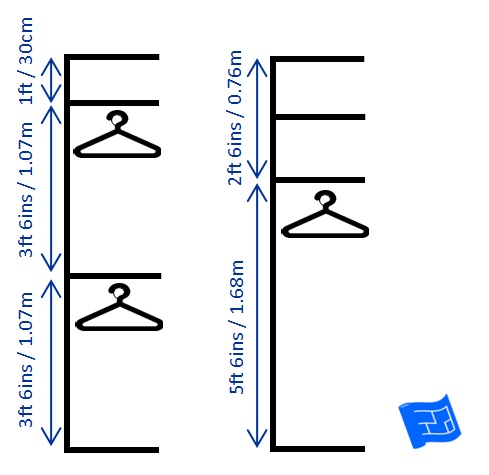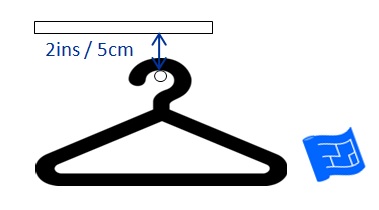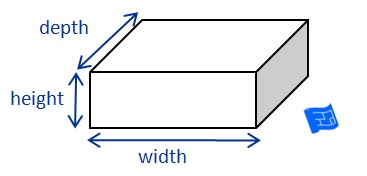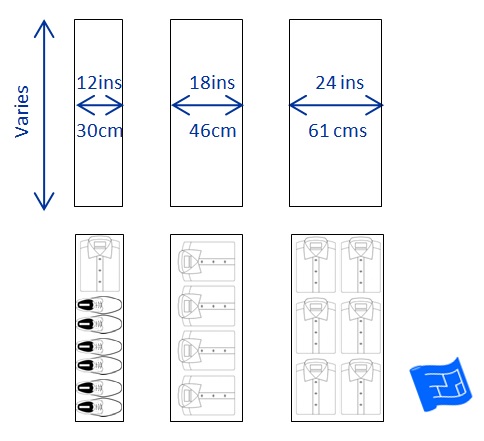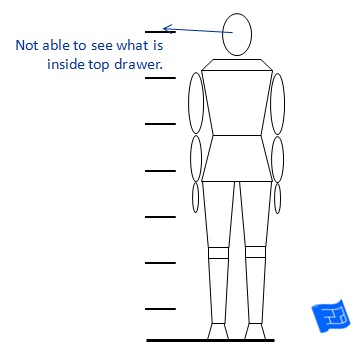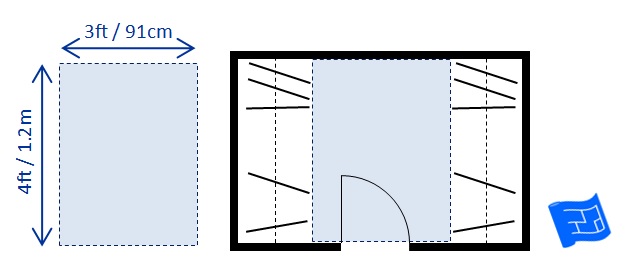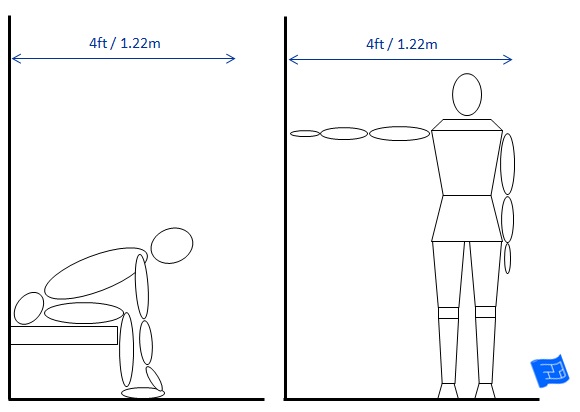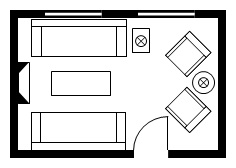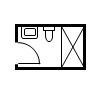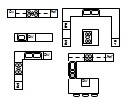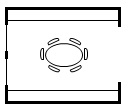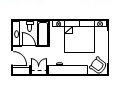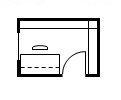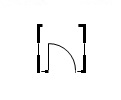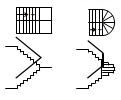- Home
- Closet Design
- Walk in Closet Dimensions
Walk-in Closet Dimensions
On this page we'll step through all the essential walk-in closet dimensions that feed into closet design. The measurements on this page are all about component parts, like hanging bar height, shelf height and depth and drawer measurements. If you want to know about the overall size of walk-in closets, take a look a the walk-in closet designs page (coming soon).
This walk-in closet dimensions page forms part of the walk-in closet design series.
This page on bedroom dimensions will also come in useful.
Walk-in closet dimensions - hanging space
So let's started on walk in closet dimensions with hanging space.
We'll start with the width you need for storing clothes hung on hangers supported by a rod. A comfortable width for this would be 24ins (61cm). As it happens that's the same depth as kitchen base cabinets. You might get away with slightly smaller with 20ins or 51cm but my recommendation would be to stick with the comfort size.
So let's started on walk in closet dimensions with hanging space. There are two types, half hanging height for hanging shirts, tops, most skirts and folded trousers and full hanging height for hanging dresses, long coats and I have also seen bed linen stored on hangers in a full hanging height space. Not a bad idea.
For half height, the average height is 3ft 6ins (1.07m) and for full height the average height is 5ft 6ins (1.68m). When you come to design your closet one of the steps includes measuring your reach so that you can customize your closet dimensions to your height and reach.
If you have one half height hanging space on top of the other, depending on how tall you are the shelf on top would only be useful for seasonal storing. It would be too high for me to reach on an everyday basis for example.
Another little detail about hanging rods is the clearance required between the rod and the surface above. Make sure there's 2ins (5cm) for a hanger to pass over the top of the rod.
Walk-in closet dimensions - shelves and drawers
So now let's move on to shelves and drawers. First of all, some definitions to make sure you know what I'm talking about. If you were facing your closet the width would be across, the depth backwards and the height up and down.
If your closet is going to have shelves above or below a hanging rod it makes sense that they will be the same as the hanging rod space, so that's 2ft or 61cm. At this depth it makes sense to store items 2 deep but to make this practical the shelf needs to pull out, or be a drawer.
If you're going to have shelves which inhabit their own space you have more of a choice of how deep the shelves are. 12ins or 1ft / 30cm is a common depth because it matches the depth of kitchen wall cabinets.
If you plan to store shoes on a 1ft shelf, you may need to include a special shoe rack to introduce a slope if your shoes are too big to fit flat on the shelf. I couldn't find any pictures of stilettos from above so you're stuck with brogues in the picture below.
Let's talk a little about shelf and drawer height. Closet shelves should be adjustable and fairly close together and drawer height shouldn't be too much. If you have to stack too many clothing items on top of one another this makes them hard to keep neat and hard to find and retrieve without disturbing making a mess.
I advocate storing no more that 3 or 4 items in folded piles. Since two 3 t-shirts take up a lot less height than 3 fluffy sweaters the secret to getting the right shelf height is in being able to adjust the height of each shelf.
One thing to bear in mind is that drawers become much less useful if they are placed above eye height as it becomes impossible to see what is in the drawers.
Walk-on closet dimensions - dressing space
If you want to get dressed in your walk-in closet you'll need a minimum space of 4 x 3ft (1.2 x 0.91m). You need 4ft to sit and bend down to put your shoes on or put a top on one arm at a time. The 3ft dimension is in line with corridor width. It works out to be the size of a small changing room you find at retail stores.
So there you have it. The essential closet dimensions. To see how these dimensions play out in closet designs have a look at the other closet design pages.

